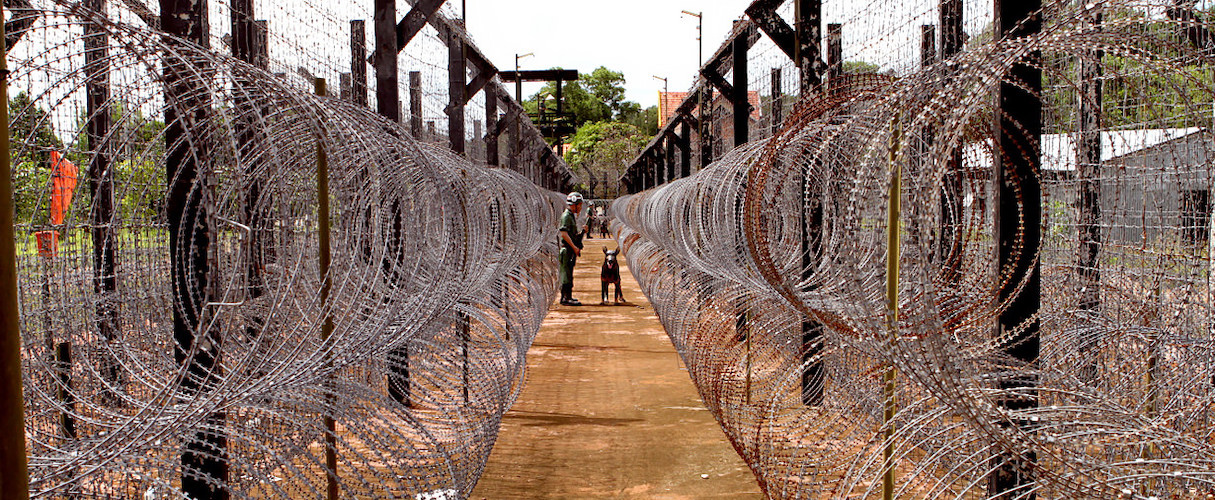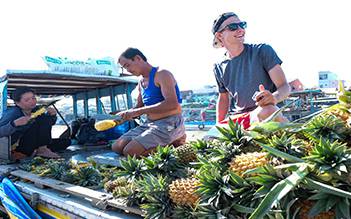Overview
Coconut Tree Prison is located in An Thoi town, Phu Quoc district.
It was built in the French period, in the former Coconut Tree village. During the time of the Republic of Vietnam, the Cay Dua prison was expanded to become the largest prison with the name of Phu Quoc Prisoner of War Prison or Phu Quoc Communist Prison.
The ruins today are not large, located on the old main area of the monastery, with exhibitors exhibiting artifacts built on two floors and an outdoor display area of original and almost intact objects.
Coconut Tree Prison was recognized as a historic site in 1996 and began to welcome visitors. You can get here on Phu Quoc Highlights package 5-day tours.
The history of the prison
With an area of about 40 hectares, the penitentiary has four areas named "A," "B," "C," and "D," which can hold more than 14,000 prisoners. However, when the Indochina war ended, most prisoners returned to their families under the Geneva Agreement.
When the Vietnam War began, the US army rebuilt it into a new prison but kept the same name. The new prison has a separate area for men, women, and the elderly.
In 1966, a new part of the prison was built to arrest more Vietnamese military prisoners. The new section had 12 main areas. Each area was divided into four different sub-regions: "A," "B," "C," and "D." The security protection was very strict with close supervision.

Coconut Tree Prison
The importance of Coconut Tree Prison
Coconut Tree Prison is a living proof for war criminals. There are many photos exhibited in prison for visitors to learn more about the war. There are still some torture tools that were used in the past on prisoners.
For example, you can see "tiger cage," used to capture prisoners inside. Because the door closes all day, the cage is entirely dark and extremely hot in the morning while it is freezing at night. Prisoners, after being locked up and released from the tiger cage would be blind, and their physical and mental health conditions were strongly affected. Besides, there are many torture activities, reflecting the inhumane, cruel actions of past enemies such as nailing, cooking people until death or directly breaking one's teeth with hammers.
Every year, the prison attracts about 10,000 visitors on North & South of Phu Quoc full day tour. Many of them are former prisoners. There are also a lot of young people and especially foreigners who come here to know more about the destructive war in the past and appreciate the peaceful life we all have now. You can go sightseeing alone. Tour guide services are always available if you request.




